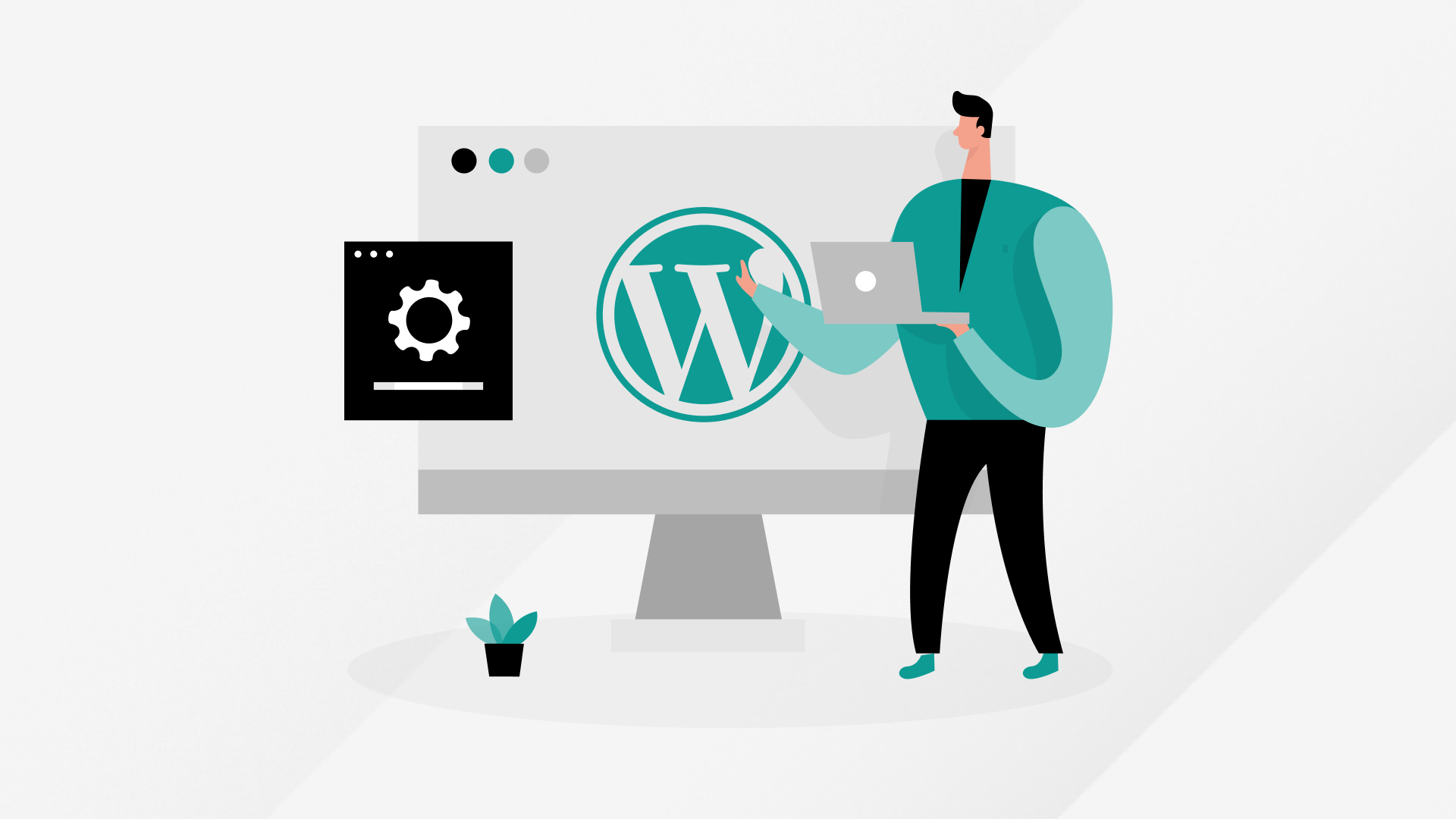How Composability Makes It Possible
Enterprise organizations rarely operate as a single team with a single set of digital requirements. Most are supporting multiple brands, business units, and regional teams, each with their own goals, workflows, and technology expectations. Securely, consistently, and efficiently connecting these moving parts represents one of the biggest challenges in digital experience management today.
Across brands and regions, business units need to deliver content, manage user registration and authenticated experiences, coordinate with ERP and operational platforms, and maintain consistent branding. In this environment, the CMS becomes a strategic hub that supports the entire ecosystem. And the question enterprise buyers ask is no longer “Can WordPress manage our content?” but “Can integrating WordPress into our existing complex, multi-system environment speed us up?”
The answer is yes. When WordPress is implemented as part of a composable architecture that treats it as the orchestrating hub rather than a siloed CMS.
The Enterprise Challenge: Complexity, Fragmentation, and Monolithic Limitations
Enterprises need a CMS that adapts to their ecosystem, not one that requires the ecosystem to bend around it. A CMS that cannot integrate cleanly introduces significant risk, including:
- Duplicated content and inconsistent customer experiences
- Misaligned workflows across business units
- Inefficient operations and delayed delivery
- Higher cost of ownership due to workarounds
- Dependence on monolithic, “one-size-fits-all” platforms that force teams to adapt to the tool rather than the tool adapting to the organization
Why WordPress Fits the Modern, Composable Approach
Composable architecture, the strategy of selecting and integrating best-in-class systems, has become the default approach for modern digital organizations. WordPress aligns naturally with this model because of its inherent modularity and interoperability.
WordPress excels in a composable environment because it can reliably function as:
- The content hub, structuring and delivering content across channels.
- The orchestration layer, pulling and presenting data from multiple systems.
- A presentation engine, powering websites, microsites, or multi-brand networks.
- A headless CMS, supplying structured content to custom front-ends and apps.
In a composable ecosystem, WordPress becomes the center of gravity, the hub that connects teams, systems, and channels through scalable architecture.
Across The Scale Consortium members, this is how Enterprise WordPress is deployed: as the strategic layer that drives content and experience delivery while integrating tightly with CRM, MarTech, commerce, and data systems across the organization.
How WordPress Solves Business Challenges Across Units and Teams
Unified Editorial Workflows Across Business Units
- WordPress provides a consistent authoring model for teams that may otherwise operate in silos. This reduces training time, accelerates publishing, and ensures that content standards are shared across brands and regions.
Consistent Customer Experiences Across Channels
- Composable WordPress enables organizations to distribute content anywhere—websites, apps, kiosks, AI Tools & Agents, campaigns, partner platforms—creating a unified brand presence across systems.
Shared Component Libraries and Reusable Patterns
- When WordPress serves as the hub, organizations can adopt reusable content blocks, approved templates, and shared design systems. This reduces production costs and ensures governance without slowing down creativity.
Alignment Between Marketing, Product, and IT
- With WordPress as the hub, marketing gains speed, product teams get structured content, and IT maintains compliance and integration standards. It creates a shared workflow that reduces friction and keeps teams moving in the same direction.
Multi-Brand & Multi-Region Scalability
- WordPress supports centralized oversight while giving brands and regions the flexibility to tailor experiences. Teams share systems and patterns while maintaining local control, all within one scalable architecture.
What Enterprises Gain From a Composable WordPress Stack
Faster Innovation
When technology stops getting in the way, teams can experiment, launch, iterate, and refine without waiting for monolithic vendors or complex release cycles.
Cost Savings
Composable WordPress significantly reduces:
- licensing fees from proprietary platforms
- replatforming costs
- vendor lock-in premiums
- the overhead of maintaining multiple CMS systems across business units
These savings accumulate year after year, and can be redirected toward innovation and growth.
Operational Efficiency
With a unified content hub:
- teams publish faster
- workflows become clearer
- redundant systems consolidate
- content delivery becomes consistent
This creates momentum across the organization instead of bottlenecks.
Adaptability Over Time
Enterprises evolve. Markets shift. Stack components change. WordPress’s composable architecture makes it possible to:
- swap systems without replatforming
- adopt new tools or AI engines
- expand channels efficiently
- support new business models
WordPress grows with the organization rather than constraining it.
Final Takeaways
Enterprise WordPress succeeds not because it replaces every system, but because it connects the systems that matter most. As part of a composable architecture, it serves as the strategic hub for content, experience orchestration, and multi-brand scalability.
With WordPress powering more than 43% of the web, its ecosystem maturity, global community, and proven reliability give enterprise buyers confidence that they are investing in a platform with long-term stability and continuous innovation.
But what truly sets Enterprise WordPress apart is the strategic foundation behind it—the digital strategy, architecture, and composability practices that guide how it fits into a larger ecosystem.
When integrated strategically, WordPress becomes more than a CMS. It becomes the anchor of an integrated, flexible, and future-ready digital platform.
